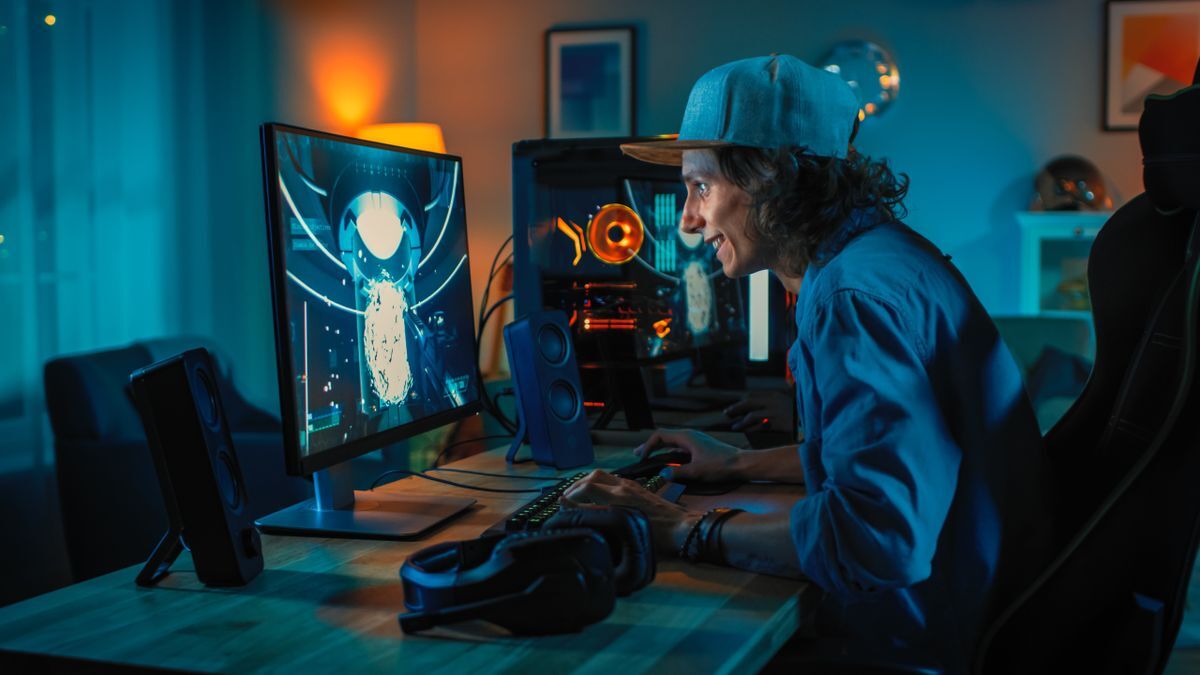- cross-posted to:
- linux_gaming@lemmy.world
- cross-posted to:
- linux_gaming@lemmy.world
Arch and other Linux operating systems Beat Windows 11 in Gaming Benchmarks::ComputerBase benchmarked three different Linux operating systems and found that all three can achieve better gaming performance than Windows 11.



I never understood what you people do with your machines, through the years i must have used at least half a dozen nvidia gpus and never had any real issues.
Of course early on you had to compile your drivers in the kernel yourself, but then I’m not even sure ati had drivers at the time. And that’s how you configured the kernel anyway.
I think a lot of users kinda jump in the deep end, which is fine, but expect their experience to be flawless. Then when it inevitably isn’t they get upset and disheartened. I get that.
Why I eventually settled on Ubuntu. I did Red Hat 5 in the 90s, built a Linux From Scratch system, and daily drove Gentoo for a number of years. Got sick of solving NP-complete problems in Gentoo package management. Combine that with lots of documents saying “this is how it works in Ubuntu, and everywhere else you’ll have to figure it out for yourself”. I don’t have time for that shit.
Hell, Ubuntu is more straightforward to get TensorFlow working with Nvidia GPUs than it is on Windows. Nobody uses TensorFlow on pure Windows; you want to use WSL. To do that, you have to setup a passthrough layer to give WSL direct access to the GPU. There have been like three ways to do that over the years, and if you hit the wrong instructions in Google, you’ll have to back out everything you did and make sure you start again clean. Which might mean a full reinstall. On Linux, you install the Nvidia drivers, install TensorFlow with the GPU flags, and you’re done.